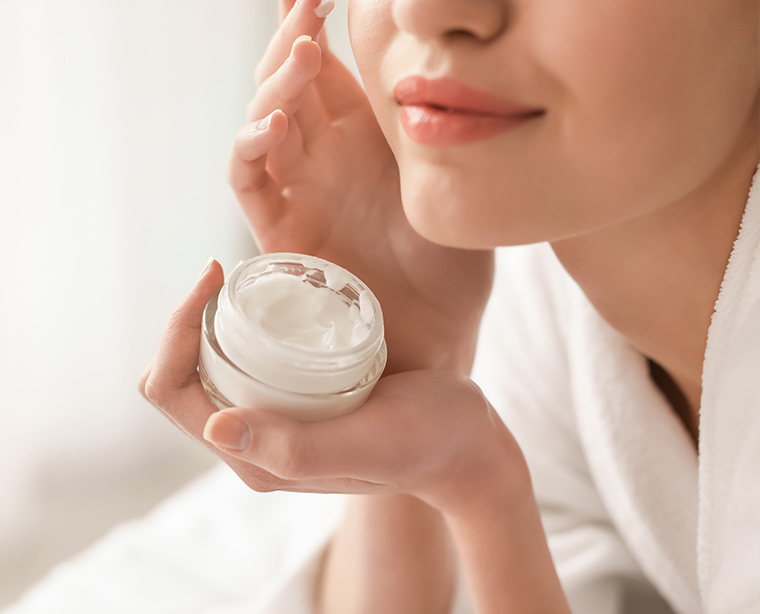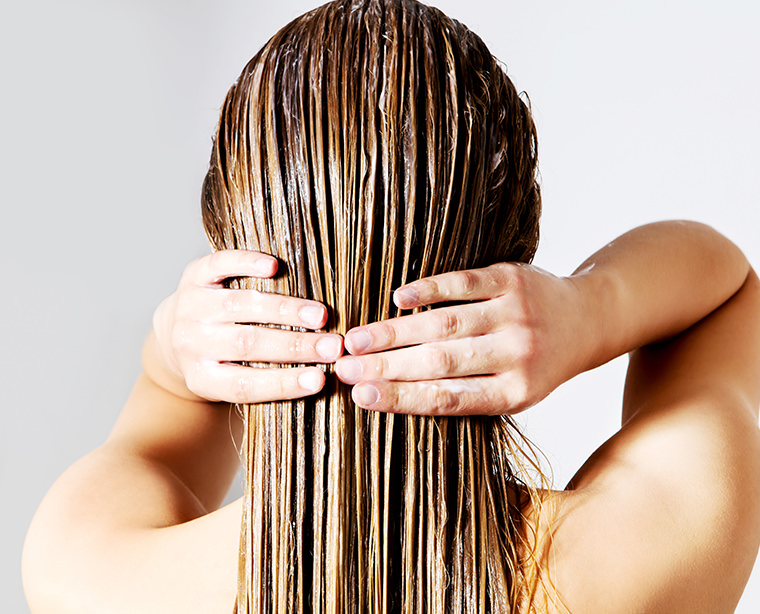

Eczema: what are the risks of tatoos?

Tattooing involves using a tattoo machine to prick the skin and inject pigments and dyes in order to create a permanent design. This practice has made a resurgence in the last 20 years or so.
What are the risks of tattoos?
The tattoo process breaches the skin’s barriers and punctures its small blood vessels. The intrusion of these foreign bodies into the skin can trigger allergic reactions or the appearance of skin problems specific to an individual.
During the tattoo session, the needles of the machine pierce the skin, creating a breach in the skin barrier. This small wound, which will take a few weeks to heal, can act as a gateway for infections caused by bacteria, especially staphylococci. Fortunately, these infections are rare and, when they do occur, clear up over a few days in the majority of cases. On the one hand, the tattoo artist disinfects the skin regularly throughout the process. On the other hand, the client, immediately after the session, must clean the area regularly with soap and water all throughout the healing process. Soap is an excellent disinfectant and helps prevent skin infections such as bacterial folliculitis or furuncles.
Generally speaking, severe infections caused by common bacteria, like staphylococcus, or atypical germs (mycobacteria) occur when the tattoo artist works in dirt, unsanitary conditions or when the customer fails to follow the care guidelines provided by the tattoo artist.
In some cases, viral warts can appear on the tattooed area for reasons we still do not fully understand. It is likely that these warts are present prior to getting the tattoo, but are invisible to the naked eye or go unrecognized by the tattoo artist, and are then spread throughout the tattoo.
Because bleeding is part of the tattooing process, there is a risk of potential contamination by certain blood-borne viruses such as hepatitis B, human immunodeficiency viruses (HIV) and particularly hepatitis C. Cases of infections primarily by hepatitis C have been reported several years after receiving a tattoo. Contamination was due to a lack of asepsis on the part of the tattoo artists, who reused equipment or the same needles on several patients without sterilizing them. Today, professional tattoo artists either use disposable single-use needles or sterilize their equipment. These precautions have made hepatitis C infections an extremely rare, if not impossible, occurrence for tattoos provided in a dedicated parlor.
Allergic reactions to tattoo ink
Allergies are the most common post-tattoo complication. Reactions cause the tattoo to become itchy and swollen—sometimes following sun exposure. They also lead to the development of somewhat severe lesions which usually itch.
In most cases, this phenomenon affects just one color in the tattoo (usually red, but any of the other colors can potentially trigger a reaction). These reactions are unpredictable and can arise any time, from a few weeks later to more than 40 years after getting the tattoo. To this day, we have no way of knowing when such a reaction will occur.
These allergies are treated with the application of topical corticosteroids. These treatments provide discouraging outcomes, however, because the ink is still inside the skin. Laser treatment or surgery to remove the tattoo is sometimes necessary.
Having a tattoo “test zone” done on a hidden patch of skin would be of no use whatsoever. No allergy test performed prior to getting the tattoo is able to detect an allergy to tattoo ink.
Europe recently began enforcing regulations on tattoo ink composition. Such regulations could reduce these sorts of complications in the future and provide better advice to clients in case of a known allergy to an ingredient.
For now, if you have a pre-existing allergy to a tattoo ink (to a given color), you should avoid that color no matter what the brand, as different inks could all have ingredients in common.
Certain chronic dermatological diseases may gravitate to areas of the skin which have been subject to trauma, such as tattoos. Such diseases include psoriasis, lichen planus, cutaneous lupus, sarcoidosis, and vitiligo. The standard recommendation for people affected by these diseases is to avoid getting tattoos, at least when the disease is active (increasing number and/or size of lesions) or during an active course of treatment. Tattooing “around” the lesion does nothing to prevent a potential flare-up on the tattoo. These diseases affect the skin as a whole, even those areas which appear “healthy”.
All the same previously mentioned complications apply (infections, allergic reactions, etc.).
To our knowledge, no post-tattoo complication specific to atopic dermatitis has been reported, whether an atopic eczema flare-up on the tattoo or other areas of the body.
A first tattoo could be a source of nervousness or stress for the patient, which in theory could aggravate or trigger a flare-up.
Corticosteroids and hydrating creams can be applied to any eczema patches that may appear on a tattoo once it is healed.
What are the guidelines to follow?
Be sure of your decision
As always, think carefully about your decision to get a tattoo and avoid any “impulsive” tattoos. Tattoos are permanent. Despite advancements in tattoo removal techniques, laser removal is not 100% effective and is a long, painful and costly process. Having it surgically removed will always leave behind a scar.
Choose your tattoo artist carefully
Select a professional tattoo artist who is registered with the prefecture and who works in a dedicated parlor.
At-home tattoos should be avoided at all costs due to increased risks of infection as well as mediocre results in terms of aesthetics (thus a source of regret).
Follow post-tattoo care instructions
Follow the tattoo artist’s after-care instructions to the letter. While every tattoo artist has their own little preferences, certain basic standards remain the same: no pools, no oceans, no sun exposure on the tattoo until it is healed. Cleanse the area with warm water and soap (Marseille) two to three times per day. No indication advises the regular application of a disinfectant or antibiotic cream.
- Prepare your atopic skin before the tattoo session by keeping skin well hydrated and avoid getting the tattoo if atopic eczema is active.
- Notify your tattoo artist beforehand of any allergies, especially to disinfectants or cosmetic creams. Tattoo artists recommend (or sell) certain creams to promote healing. You will thus need to avoid any risk of a contact allergy during the healing phase.
- No tattoo artist will work on an area of the skin showing lesions. If eczema lesions are present on the area to be tattooed, you will need to cancel the session and consult a dermatologist for advice or an effective treatment, mainly with hydrating creams or even topical corticosteroids. You can reschedule the tattoo session for when you have completed treatment with corticosteroids or tacrolimus/pimecrolimus.
- Tell your dermatologist about your plan to get a tattoo for advice on the best time to have it done.
- If undergoing treatment with an immunosuppressant such as methotrexate, azathioprine or cyclosporine, you should talk to the prescribing physician about your desire to get a tattoo.
What advice should I follow if I have one or more contact allergies?
As previously explained, in case of allergy to a disinfectant or cosmetic cream, advise the tattoo artist to ensure that a product to which you have allergies is not applied to your skin.
With regard to metal allergies (nickel, cobalt, chromium, etc.), the maximum allowable concentrations of impurities, mainly metals, in inks for tattoos and permanent make-up (metallic salts) have been set out since 2008 by the Council of Europe resolution ResAP (2008)1, which was implemented in France in 2013 (check out the English version of the resolution).
Today, the inks used by tattoo artists in France must respect the current limits and are usually tested in certified laboratories. In case of a known allergy to cobalt, blue inks are not recommended. For patients with contact allergies to chromium, green color inks should be avoided. This is because these colors typically include traces of these salts.
Unfortunately, no specific recommendations have been issued for people with nickel allergies.


